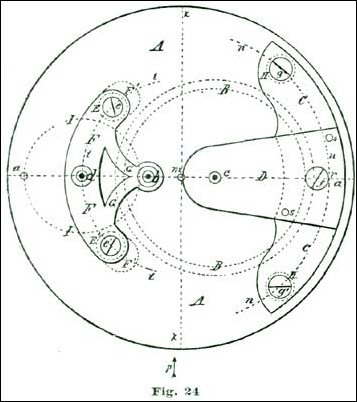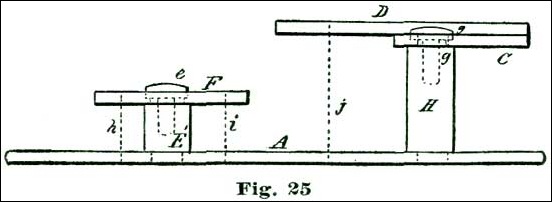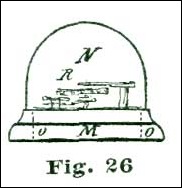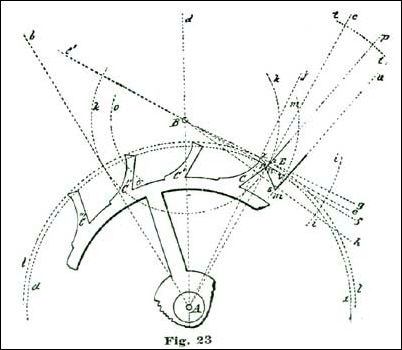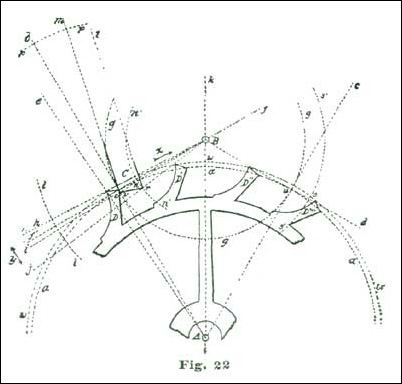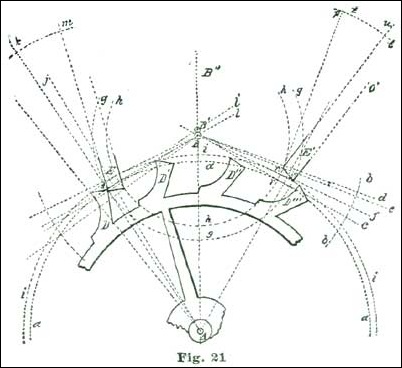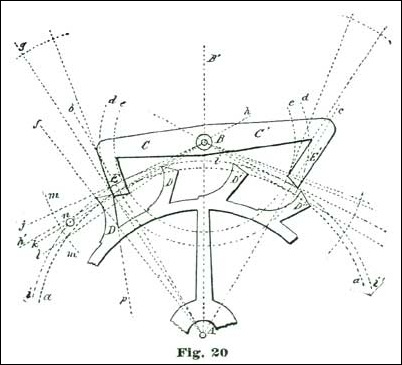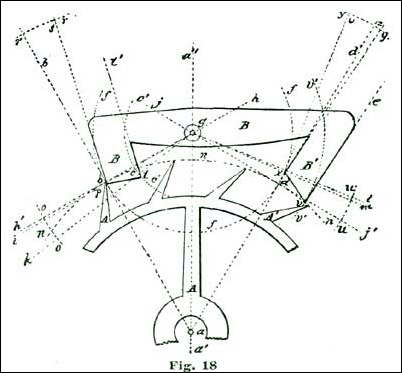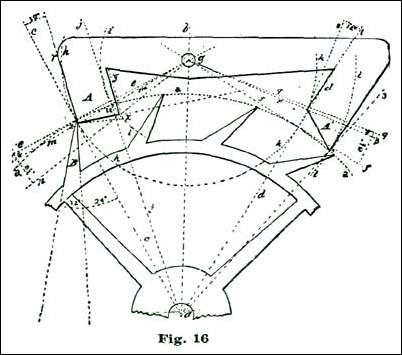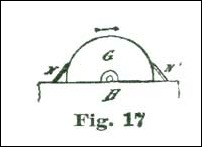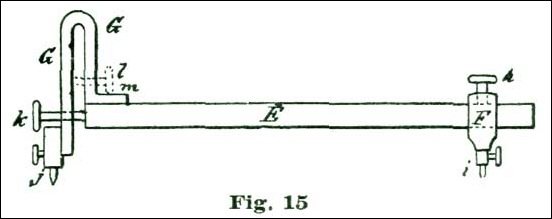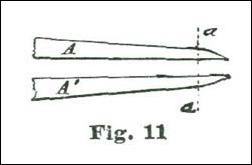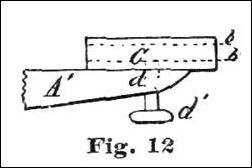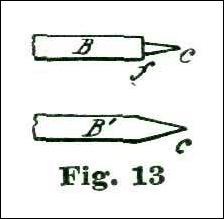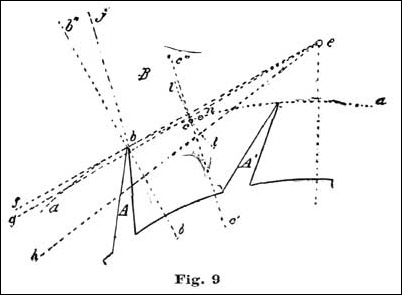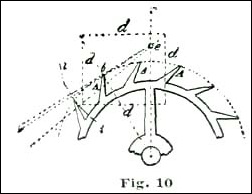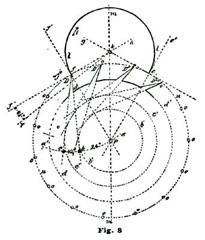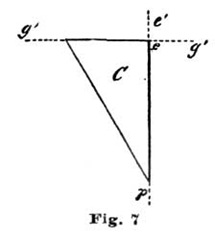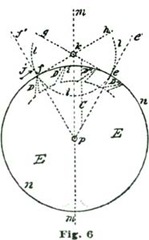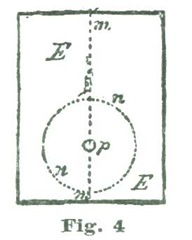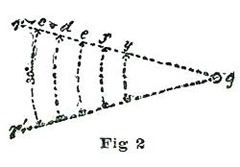Basel World 2008
Category: Watches
Rolex replica, and replica watches designers have got their pens and notebooks ready to copy down the specifications of the latest styles from the world's leading luxury watch companies. Each will rush to be the first to come out with a Replica Rolex of the new styles. Ironically perhaps, Basel World tends to be just as large of an event annually for the replica watches market as for the luxury companies.
Basel is the surest sign of spring and the signal of the start of the new year in the watches industry, the event is attended by over one hundred thousand retailers, wholesalers, and replica Rolex designers alone each year. It is essential for anyone in the industry who needs to stay in touch with the latest developments and depends on the unique business and networking opportunities provided by the event.
The crowds of public spectators and clients and Rolex replica vendors come in droves to view the presentation of the latest trends and creations offered by the watch and jewelry industry. Each year the attendance dramatically increases, consistent proof of the growing public's interest in the luxury watch world. Often the week at Basel is marked by extravagant presentations and the launch of buzz products. Last year at Basel, an unprecedented crowd came out to await the arrival of Paris Hilton who was there to launch her new watch line.
Hilton's appearance was just one among a long line of celebrity visits to the convention. This year is expected to be a regular red carpet affair considering the number of high profile stars that serve as spokesmen for luxury watch brands, stars like George Clooney, Brad Pitt, Uma Thurman, Nicole Kidman and Pierce Brosnan are well known representatives of companies like Omega and Tag Heuer.
Over 2000 exhibitors launch their latest designs each year at Basel, by far the largest luxury watch convention of its kind in the world. By far the most popular exhibit, and the one the crowds rush for when the gates open, is the Rolex exhibit, which also spawns the most replica designs as well.
Each year there are surprise appearances at the fair as well as scheduled events like Paris Hilton's launch last year. Interested parties can look online at the Basel World site to see this year's schedule and who's expected to make an appearance.
The media also comes out in unparalleled numbers to the week long fair. Over 2700 representatives of the world's media come to Basel World each year. The more than 101,700 people who came to the Swiss city represented an increase of 8 percent over the 2006 show. A record was also set in the number of accredited journalists who attended the event, 2,758 from 70 countries.
Many world-famous names in the watch and jewelry industry choose to show their products exclusively at Basel World. Basel is often the only place for replica watches vendors to see select designs from the brands that inspire the most replica like Rolex, Vacheron Constantin, Piaget, and Patek Philippe.
Basel World is a unique opportunity where the over 2000 exhibitors, specialists in watches, replica Rolex, jewelry, precious gems and related brands showcase their latest products to those in the industry. Visitors browse the vast assortment of products in luxurious surroundings. The 160,000 m2 of exhibition area covers several floors.
